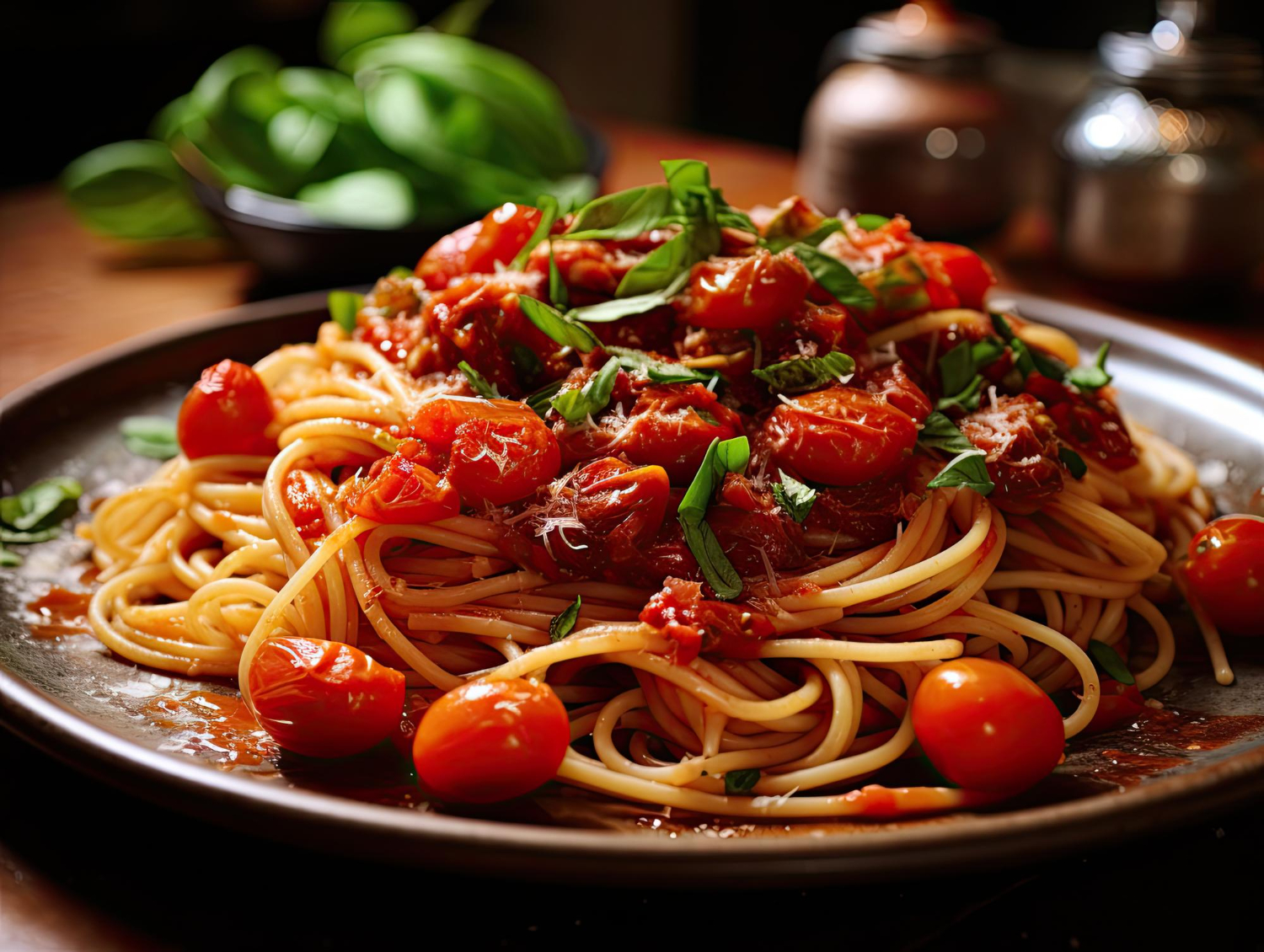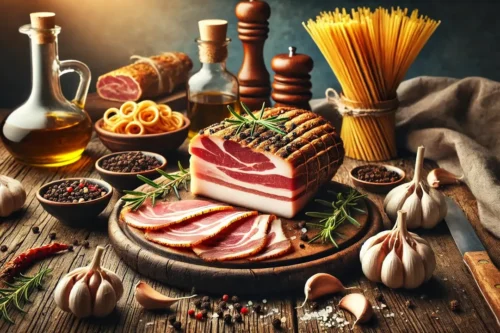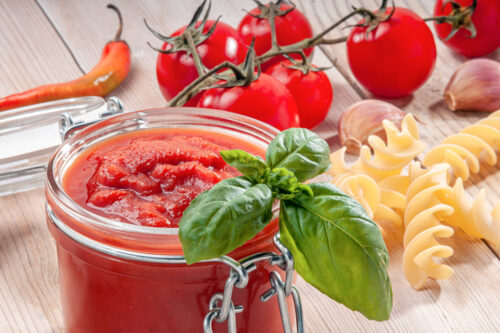Photo: Freepik
Historical background
Grana Padano and Parmigiano-Reggiano have histories that date back to the Middle Ages. Grana Padano’s birth is attributed to the Cistercian monks from the Po River Valley in the 12th century. With innovative minds, therefore, they came up with a cheese that could help store surplus milk when there was excess of it during the rainy seasons, and therefore, Grana Padano came into being. It is considered as Italy’s most famous cheese and contributes to approximately 24% of the total milk produced in the country.
Known as the “King of Cheeses,” Parmigiano-Reggiano was also founded in the 12th century in the region of Parma, Reggio Emilia, Modena, Bologna, and Mantova. This quality cheese is so famous and respected throughout the international cheese community.
Grana Padano is strictly limited to production within the Po River Valley. Strict standards of production are imposed by the Grana Padano Consortium to preserve the uniformity of quality and flavor of the cheese, hence any cheese product must be made to these measures to be dubbed ‘Grana Padano’.

Photo: Freepik
Grana Padano: Made with raw partially skimmed milk
He mentioned milking cows twice a day and sending the milk to the cheese facility within 24 hours of milking. Its fat content is lesser when compared to Parmigiano-Reggiano. Grana Padano matures more readily and has three degrees of ripeness: less than 9-16 months -light flavor, soft texture, and slight pale yellowing; 16-20 months pronounced grainy character with flavors of butter, hay, and dried fruit.
Parmigiano-Reggiano
Ingredients: Whole and skimmed milk
Feeding: They should be fed exclusively on grass and cereals coming from the designated territory.
Milking and Delivery: The milk is to be collected from the cows twice in a day and it shall be delivered to the cheese factory within two hours of milking. The temperature of the milk when delivered shall be above 18°C which helps in the growth of bacteria required for ripening.
Texture and flavor: More than the taste, there is a more striking likeness in form to Padano. It also turns palatable with advancing years and ranges from mild and crumbly to brothy and rich.
Parmigiano-Reggiano: Renowned for its rich, complex, and nutty flavor, Parmigiano-Reggiano is commonly incorporated into recipes as a base, mixed in pasta or just simply enjoyed on its own.
Grana Padano is more subtle in flavor and is, therefore, a better choice for cooking, whereas with Parmigiano-Reggiano the palate immediately associates that intense hit with grating and savory umami burst. Parmigiano-Reggiano gives intense flavor so it is perfect to sprinkle on the top which will give ithigh note of savory flavor as well as umami taste. This is commonly practiced in cooking, where it enhances dishes without overpowering them. Intense flavor of Parmigiano-Reggiano makes it ideal to grate over dishes and gives ahigh note of savory flavor besides teh umami tasate.
Conclusion
Grana Padano and Parmigiano-Reggiano are some of the great cheeses that demonstrate the rich tradition of making cheese in Italy, and while they are similar in production and texture, they are quite different in taste, aging, and regional origins. Whether you are for Grana’s tender profiles or the crunchy bold flavors of Parmigiano-Reggiano, you have a representation of the best of Italian dairy craft.















